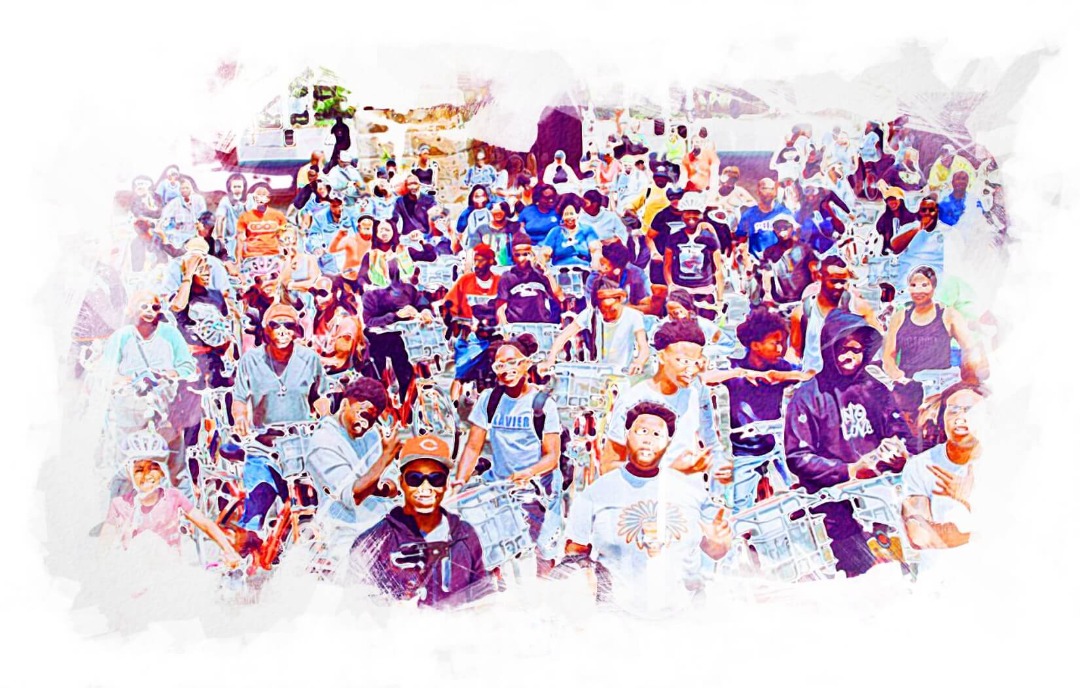Every business has a brand culture whether we are conscious of it or not. A brand’s culture refers to how members of an organization act and behave internally within themselves and externally towards customers. It is molded by shared values, beliefs and norms existing among the company’s people.
When a brand’s culture is not deliberately defined and directing members on how to behave, communicate and make decisions, its growth and establishment are left at the mercy of consistent random actions originating from the business owner, down to every member within the organization.
Common downsides associated with leaving the culture development to chance include:
- Hiring staff that do not align with the brand’s purpose and therefore cannot fulfill actions to achieve it.
- A lack of commitment to the overall cause of the brand, encouraging the members to form subgroups and cultures with the intention of serving selfish interests.
- Erratic actions and reactions towards customers, leading to an inconsistent brand experience for them.
A defined brand culture is instrumental to building a united workforce dedicated to achieving the same goal. This can serve as the driving force that sustains the long term growth of the company. Here are steps we can take to define our brand culture:
Step 1. Define the purpose and promise.
We start by establishing the good cause we intend to achieve by setting up the business as well as the value customers are guaranteed to get from the brand.
Step 2. Choose an organizational strategy that best suits the purpose.
In his book, Living on the Fault Line: Managing for Shareholder Value in Any Economy, Geoffrey A. Moore says that the culture of an organization can be defined by the kind of people it recruits, activities and achievements it celebrates and kind of values it cherishes.
He divided culture into 4 possible types namely:
- Competence; which recruits for competitiveness, leads by expertise, prioritizes work and celebrates top performance.
- Collaboration; which recruits for trustworthiness, leads by process, prioritizes people and celebrates teamwork.
- Cultivation; which recruits for brilliance, leads by charisma, prioritizes idea and celebrates creativity.
- Control; which recruits for loyalty, leads by authority, prioritizes systems and celebrates making the plan.
Opt for or combine any of the culture strategies that best suits the brand purpose.
Step 3. Write a vision and mission.
Write down in clear language, where the company is going or what we hope to ultimately achieve and outline the actions every member will repeatedly take to get there.
Step 4. Outline the core values.
To reflect the company’s values, include simple words that support the vision, mission and organizational strategy. They will serve as the fundamental beliefs and principles that will guide people’s behaviour and actions.
Step 5. Develop a brand bible.
Create a manual that defines and provides clear direction on the brand’s strategy, its verbal identity, visual identity and marketing communications. It should include assets such as personality traits, target audience profile, content strategy, tone of voice, imagery guideline and more.
Step 6. Reinforce the culture within the work environment.
Design and install posters around the office to help the team constantly remember the brand’s purpose, promise, vision, mission, core values and identity.
Step 7. Hire only best-fit prospects.
Ask them questions that gain insight into their values and attitude in relation to the type of culture being built and then employ people who provide answers and solutions that align best.
Step 8. Continuously educate everyone.
Before putting a new team member in the line of duty, ensure they are thoroughly orientated using the brand bible. Also, carry out refresher training and team-building exercises at regular intervals.
Defining brand culture directly impacts product or service delivery, fosters interaction among team members and influences customer relationship with the brand in a way that sustains its long term growth.


